
I saw a monk who was just standing on the street today!

That’s “Takuhatsu-so”.
He is training!
Have you ever seen a monk standing silently in the street, holding a bowl and gazing straight ahead? Or perhaps you’ve noticed a monk walking through town chanting “Hoo~” in a low voice? You might have wondered what they were doing and why they seemed so solemn.
This practice is called Takuhatsu, a form of Buddhist training. It is not a way for monks to collect donations; rather, it is an essential religious practice rooted in Buddhist teachings.
But why do monks perform Takuhatsu? Is there a special meaning behind offering alms? How much should you give if you wish to contribute? In this article, we’ll explore the significance of Takuhatsu, its purpose, and proper etiquette when making an offering.
What is Takuhatsu?
The Purpose and Meaning of Takuhatsu
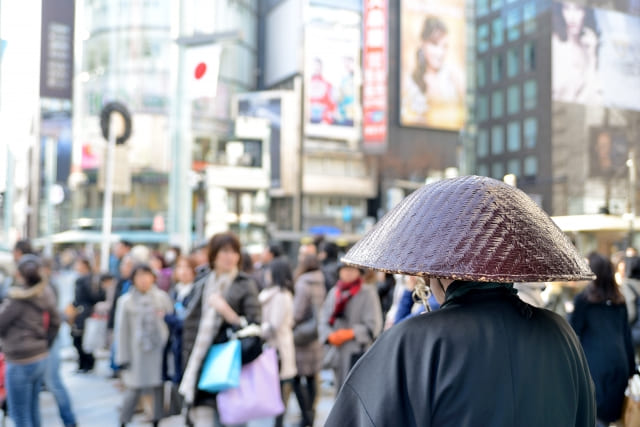
Takuhatsu is a Buddhist practice in which monks receive alms from the public, such as food or money. In Buddhism, detachment from material possessions is a key principle. By receiving alms, monks train themselves to let go of attachment to worldly needs and rely on the kindness of others.
At the same time, the act of giving alms is a way for laypeople to practice generosity and accumulate good karma. It is a mutually beneficial practice in which both the giver and receiver engage in spiritual growth.
A Practice That Dates Back to Buddha’s Time
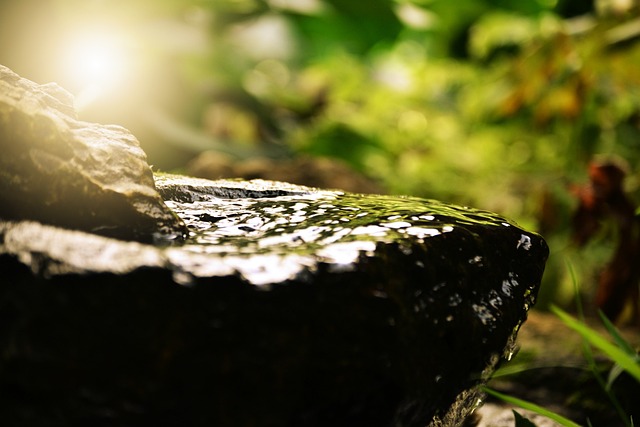
The origins of Takuhatsu go back to the time of Shakyamuni Buddha. During his lifetime, the Buddha and his disciples would go out every morning to receive food from the townspeople. They accepted only what was needed for that day and never stored extra provisions. This practice taught them humility, gratitude, and detachment from excess.
The Prohibition of Productive Activities in Buddhism
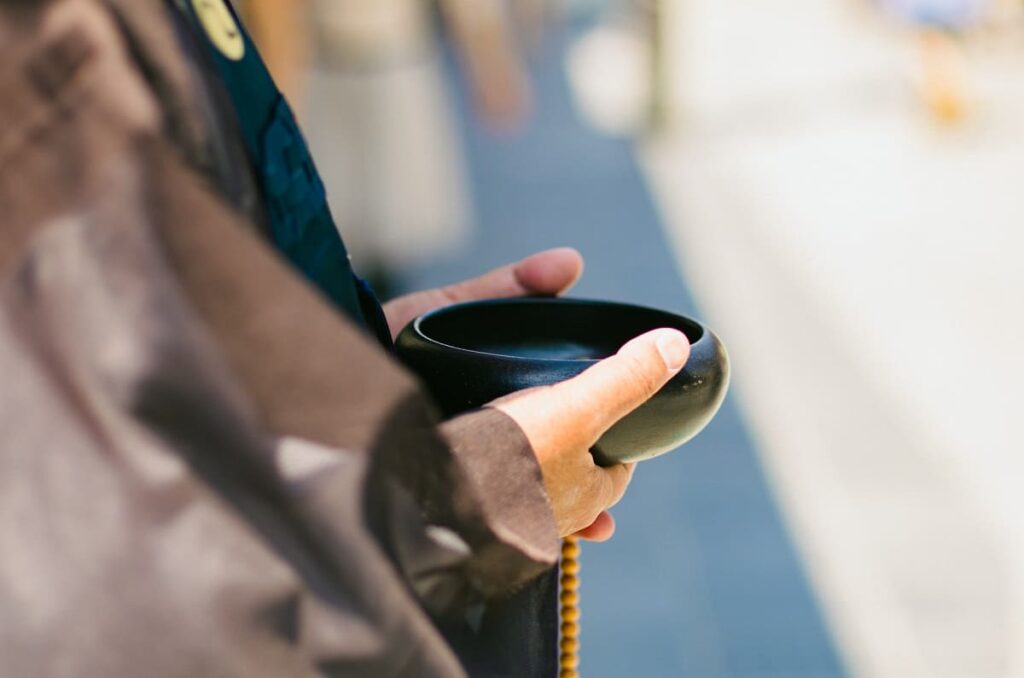
In traditional Buddhist monastic life, monks are not allowed to engage in productive labor such as farming or trade. Instead, they devote their lives to spiritual practice and rely on the generosity of laypeople for sustenance. Takuhatsu serves as a reminder that monks live not for personal gain, but for the benefit of all beings.
Takuhatsu is Not Just for Monks

Did you know that Takuhatsu is not only for monk?
It’s for us, too
Offering Alms as a Form of Practice
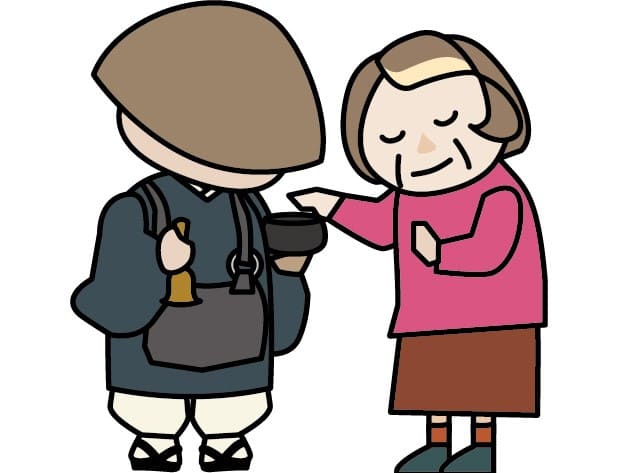
Takuhatsu is not only a form of practice for monks; it is also a valuable opportunity for laypeople to cultivate virtue. Giving alms is an important Buddhist practice known as Dana (generosity), and it helps individuals develop a selfless attitude toward others.
The Concept of Cause and Effect in Buddhism
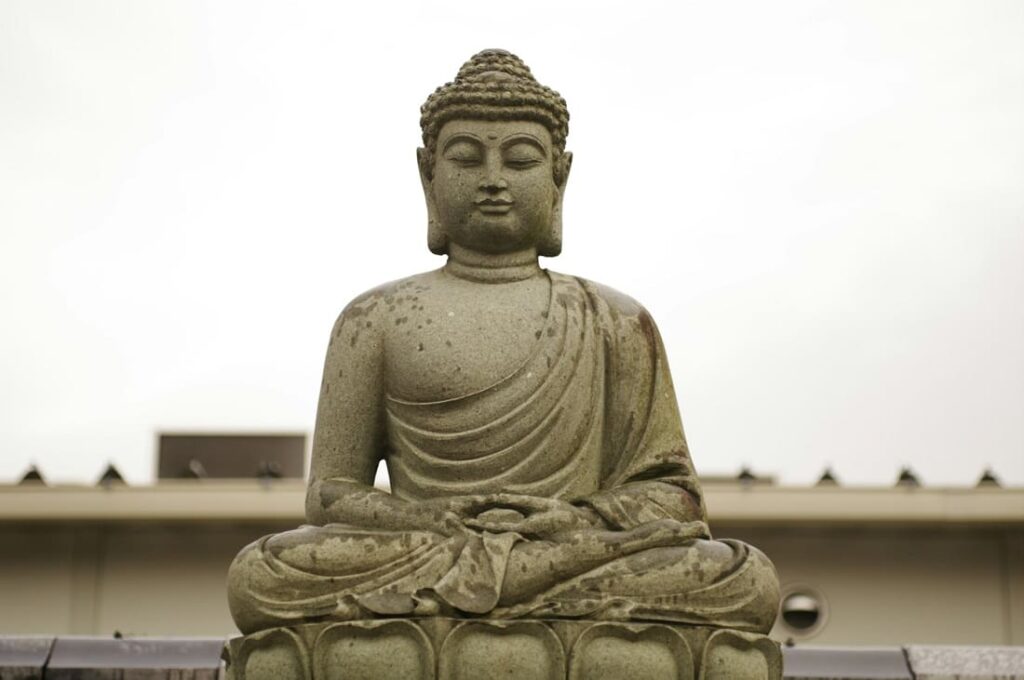
Buddhism teaches the principle of cause and effect (karma): good actions lead to positive outcomes, while harmful actions result in negative consequences. Offering alms is considered a meritorious act that can lead to happiness and good fortune in this life and beyond.
The Three Types of Almsgiving: Material, Dharma, and Fearlessness
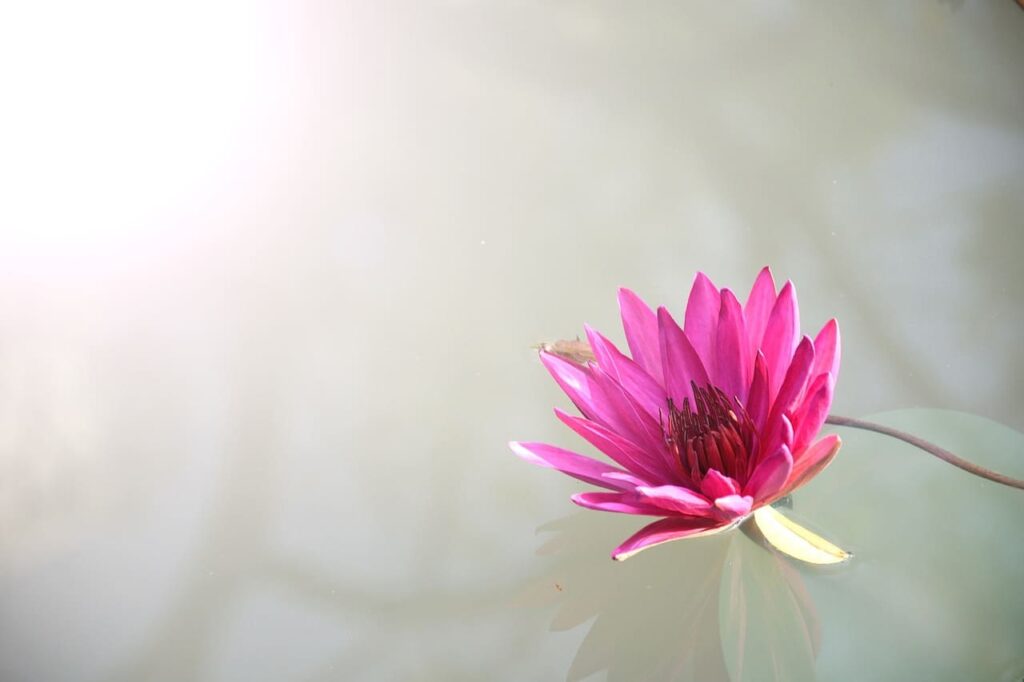
In Buddhism, there are three forms of giving:
| Material Giving (Zai-se, 財施) | Offering physical items such as money or food. |
| Dharma Giving (Ho-se, 法施) | Sharing Buddhist teachings with others. |
| Fearlessness Giving (Mui-se, 無畏施) | Providing comfort and support to those in distress. |
Offering alms to monks falls under Material Giving, and it is a way to practice generosity without expecting anything in return.
Proper Etiquette and Common Questions about Offering Alms

I want to learn the proper Takuhatsu manner!

Okay! Let’s learn it together!
How to Offer Alms Correctly
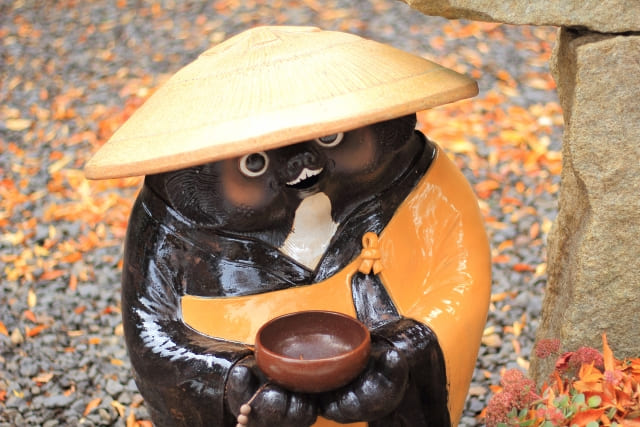
If you wish to make an offering to a Takuhatsu monk, follow these simple etiquette guidelines:
- Place your donation silently into the monk’s bowl without speaking.
- Avoid making conversation or asking for favors.
- After placing your offering, put your hands together and bow slightly as a sign of respect.
- The monk may recite a short Buddhist chant or simply remain silent.

Oh! It’s so simple!
How Much Should You Give?
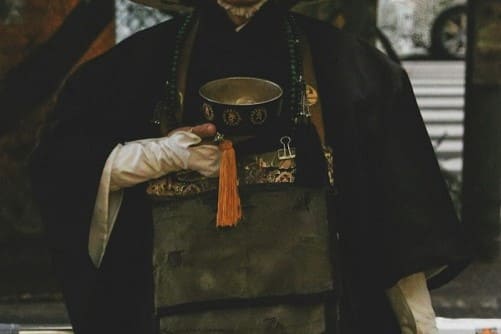
There is no set amount for donations. Typically, people offer 100 to 500 yen ($1 to $5 USD), but even a small contribution is appreciated. The key is giving with sincerity rather than focusing on the amount.
Why Don’t Takuhatsu Monks Say Thank You?
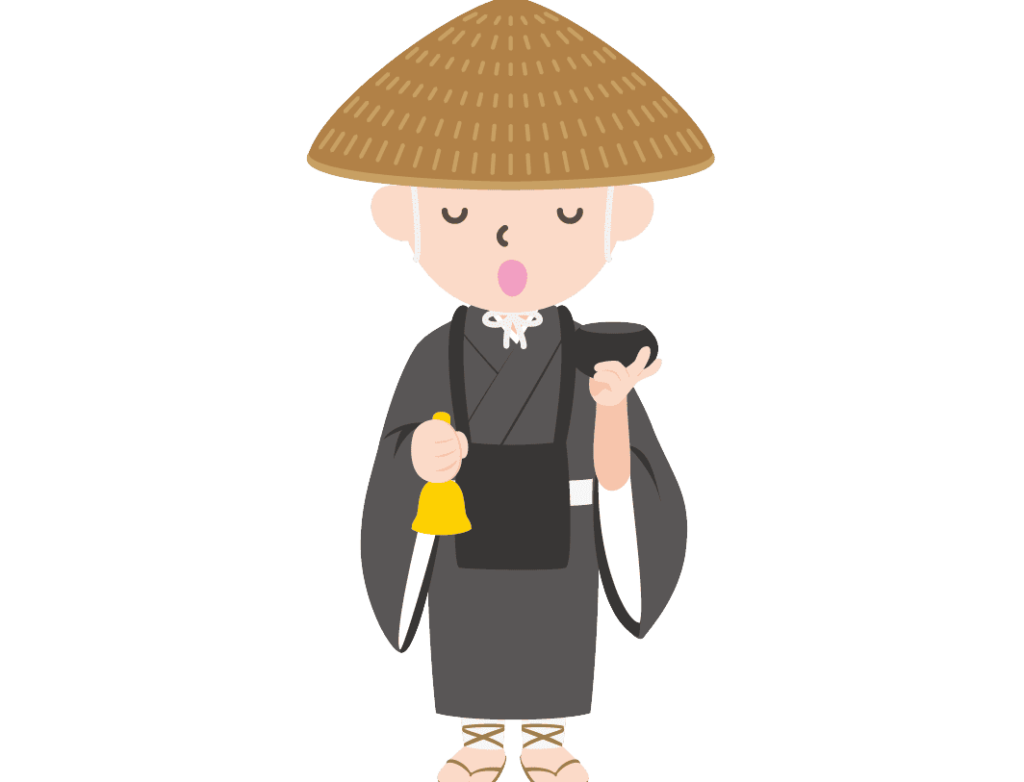
You might notice that monks do not verbally express gratitude when receiving alms. This is because Takuhatsu is not a fundraising activity, but a sacred practice. If monks were to thank donors, it might create the impression that they are seeking personal gain rather than engaging in spiritual training.
However, some monks may nod slightly or chant a brief prayer as an indirect way of acknowledging your kindness.
Takuhatsu in Popular game ” Rise of the Ronin”
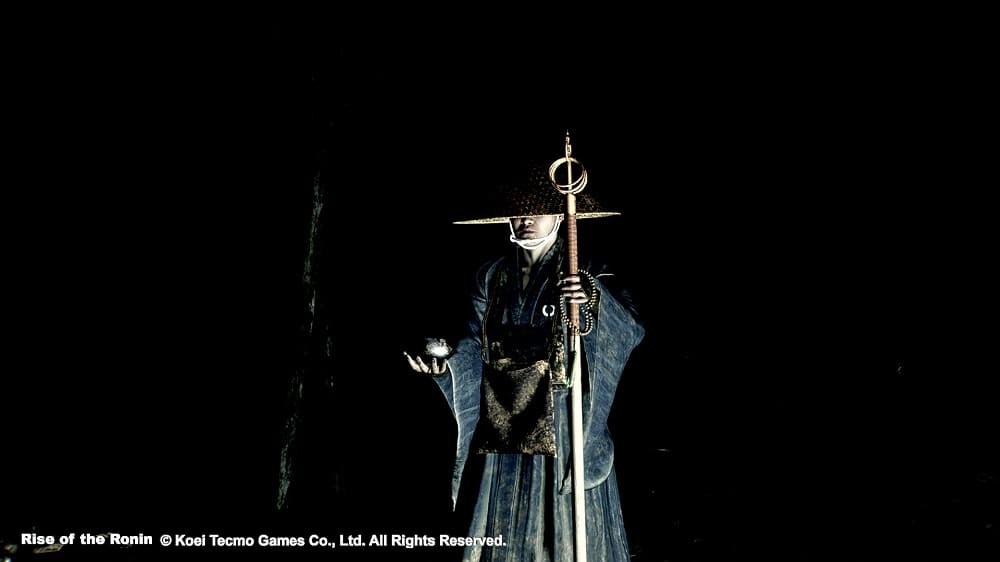
Takuhatsu monks have also made appearances in popular culture. For example, in the video game Rise of the Ronin, you can encounter Takuhatsu monks as part of the game’s immersive historical setting. Their presence reflects the authenticity of Edo-period Japan, where monks practiced almsgiving as a regular part of their spiritual training. Seeing them in the game offers players a glimpse into this traditional practice and its role in Japanese society.
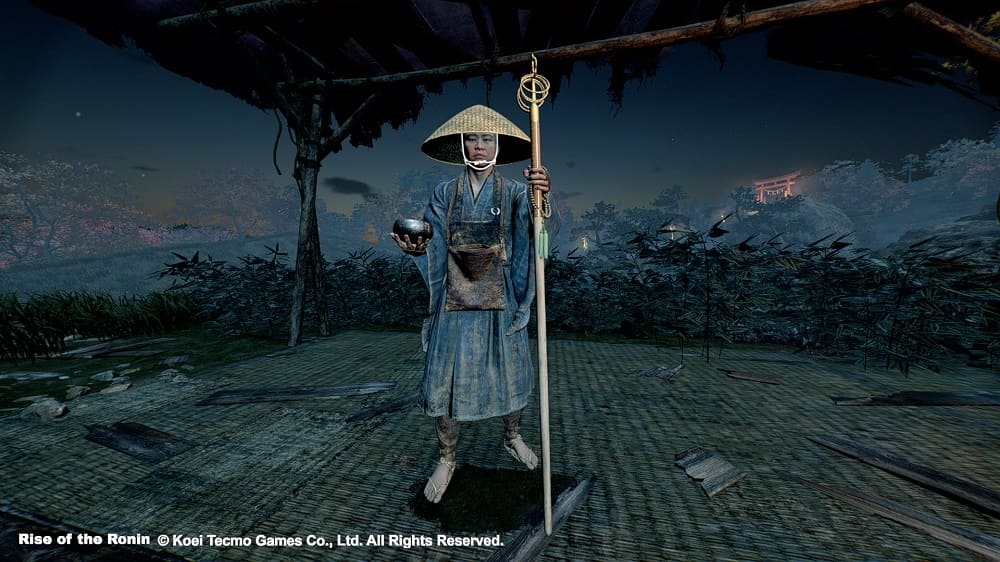
Takuhatsu Q&A
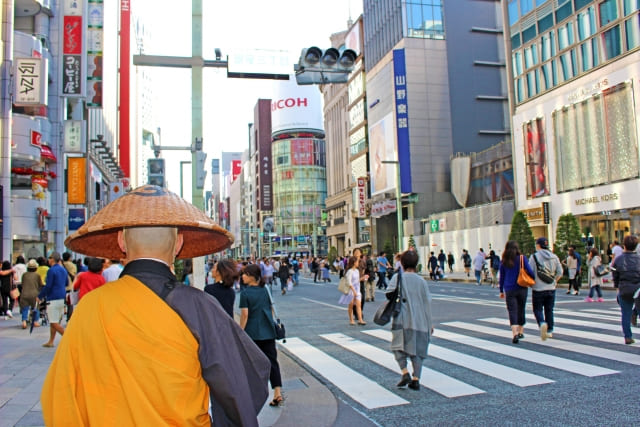
- QWhere can I see monks performing Takuhatsu?
- A
You can often see monks practicing Takuhatsu near temples, shopping streets, and tourist areas in Japan.
- QCan I offer food instead of money?
- A
In the past, monks received food directly, but today, monetary donations are more common and practical.
 Otsuki
OtsukiIf you are interested in Buddhism,
check the articles below as well!
Conclusion
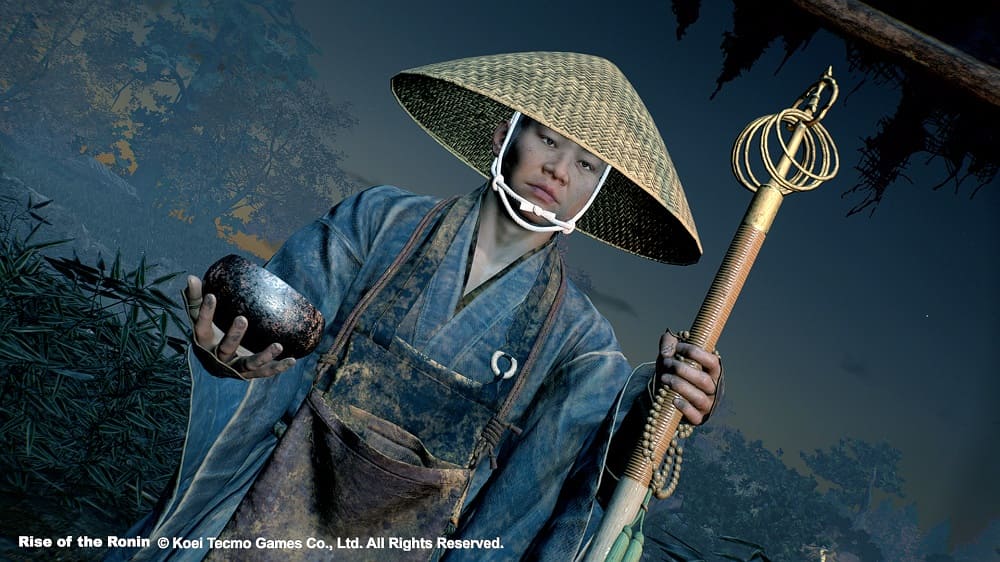
Takuhatsu is a practice deeply rooted in Buddhist tradition. It is not just a way for monks to sustain themselves, but also an opportunity for laypeople to practice generosity and accumulate good karma. By offering alms, you are not simply donating money—you are engaging in an ancient spiritual exchange that has existed for thousands of years.
The next time you see a monk practicing Takuhatsu, take a moment to appreciate the meaning behind the practice. If you choose to make an offering, do so with a pure heart and a spirit of kindness.

If you are interested in Japanese culture, you may love these games!
Let’s play!

Yes! Let’s play!

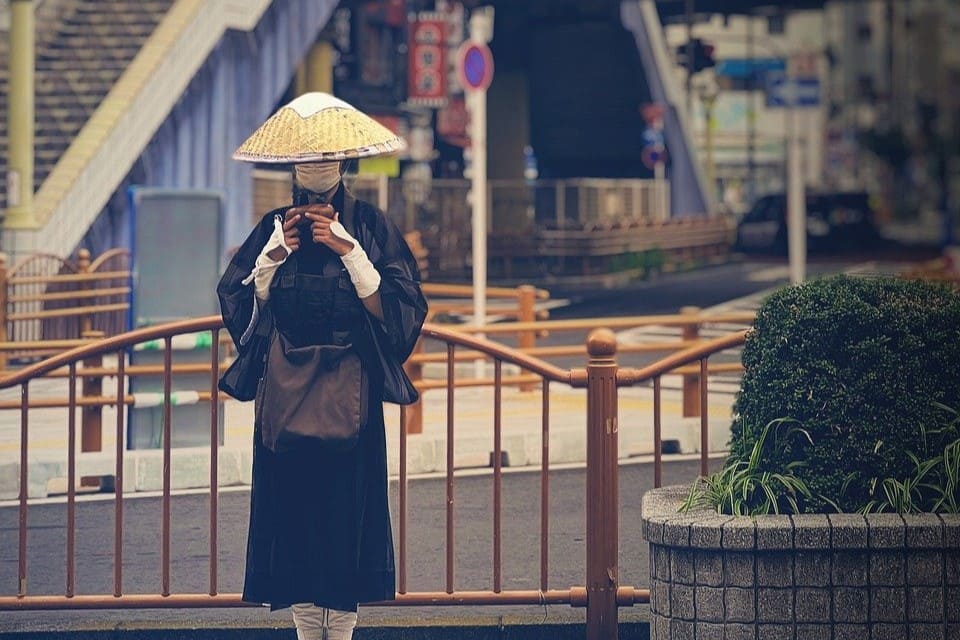



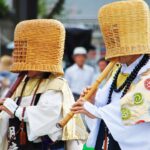
Comments